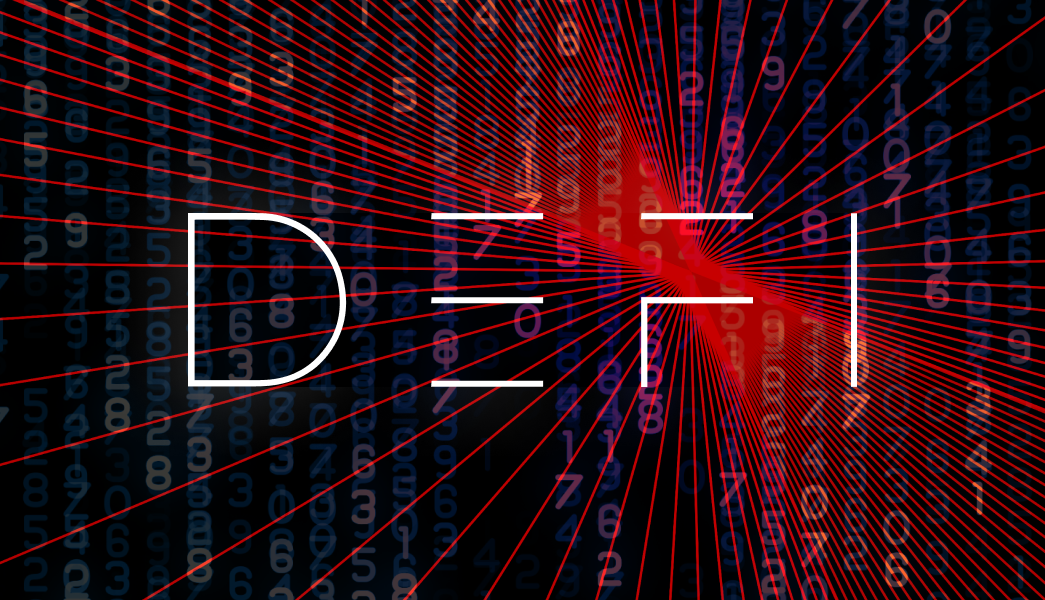As we move into 2023, the future of decentralized finance (DeFi) is uncertain. After a number of high-profile crypto platforms failed in 2022, questions remain as to whether DeFi will be able to survive and thrive. It’s important to understand the differences between DeFi and centralized finance (CeFi), and how those distinctions could influence its adoption over the coming years. In this article, we’ll explore what exactly DeFi is, how it differs from CeFi, and look at some potential scenarios for its development in 2023 and beyond.
What is DeFi?
DeFi, or Decentralized Finance, is a form of finance that uses blockchain technology to operate without the need for central authorities such as banks or governments. It’s built on open-source protocols and smart contracts that enable users to interact with digital assets in a secure and trustless manner. By removing the middleman from financial transactions, DeFi has made it easier and cheaper for people to access financial services.
What is CeFi?
CeFi (Centralized Finance) relies on centralized institutions like banks, credit unions and brokers who act as gatekeepers between users and their finances. CeFi also generally requires more paperwork when opening an account or making a transfer. Additionally, because these organizations are subject to government oversight they can be held accountable if something goes wrong with your money. This isn’t the case with decentralized finance platforms where users are ultimately responsible for their own actions and smart contracts take care of the rest.
The key difference between DeFi and CeFi then is decentralization vs centralization: while traditional forms of finance rely on third parties such as banks or governments for operations; decentralized finance allows individuals to take control of their own funds directly via peer-to-peer networks without any intermediary involved.
Now that that explanation is out of the way, lets talk about centralized vs decentralized platforms within crypto. Wait… You mean not all crypto platforms are decentralized?? That’s right.
Decentralization and cryptocurrencies
Decentralization is an important concept in cryptocurrencies, as it relates to the underlying technology that powers them. In simple terms, decentralization means that there is no single entity controlling the network or its components. Instead, all nodes (participating computers) on the network are equal and constantly communicating with one another to reach consensus on transactions. This makes it virtually impossible for any one node to have control over the entire network, ensuring fairness and security.
The main advantage of decentralization is that it allows users to retain full control of their funds without relying on a third-party service provider such as a bank or government agency. Decentralized networks also offer greater privacy than traditional financial systems, as they are not owned or operated by a single entity and therefore cannot be tracked. Additionally, decentralized networks are generally more resilient than centralized ones, as if one node fails the network can still operate and reach consensus without disruption.
Decentralization and cryptocurrency platforms
While many cryptocurrencies are decentralized, it is important to note that this does not apply to all cryptocurrency platforms. A centralized platform in crypto could be controlled by a single entity that holds complete power over all transactions occurring within their platform – this means users do not have full control over their finances and must trust the central authority when using their services.
The future of DeFi
In the wake of the demise of certain crypto platforms in 2022, there has been growing chatter that DeFi might be on the way out. While FTX, Celsius and Voyager crumbled last year, however, none of the major DeFi platforms like UniSwap, MakerDAO, Compound, or Aave have been affected.
Is it possible that the failings of prominent centralized exchanges has played into the hands of decentralized platforms? Perhaps. Data from Dune shows that DEX volumes have increased since December in key DeFi protocols. MakerDAO – the biggest lending protocol currently operating in DeFi – has remained stable while prices have been falling. Funds remain within these networks with high usage.
In order for further progress and adoption DeFi must become more user-friendly while also raising liquidity. Making dApps and DeFi protocols more user-friendly will drive adoption which will have a knock-on effect in terms of increasing liquidity in the ecosystem.
The initial growth of DeFi was so explosive that the industry has been unable to maintain it’s growth rate. This was inevitable, and it’s not necessarily a bad thing. DeFi is still a tiny niche in the context of the broader financial landscape. It’s really only known and understood by a minority of nerds like the Coinmama crew and some of our beloved readers!
As DeFi matures and gains adoption, however, people will come to terms with the fact that unrealistic, unsustainable yields are a thing of the past. The yields on most protocols have now dropped to healthier more sustainable levels. This is indicative of the fact the returns are being generated through the legitimate use of DeFi protocols rather than inflated token values.
Final thoughts
The future of DeFi looks potentially quite bright and promising despite the cataclysmic events of 2022. With advancements in user-friendliness and liquidity, investors are more likely to consider decentralized finance than ever before. As we move further into the 2020s, it is expected that the DeFi ecosystem will become increasingly mature as a financial system with higher levels of adoption among mainstream audiences. This, in turn, could lead to greater stability. At Coinmama, we look forward to seeing how far decentralized finance can go in the coming years!





